Dusky Flycatcher seen yesterday on Bethyl Ridge Road.
Yesterday Ken Brown and I woke up early after camping out at the Audubon Wenas Campground, and although it had been a clear and beautiful night, it felt cold, so instead of making breakfast first thing, we headed out to walk up Hog Creek Road to warm up and look for the Empidonax flycatchers that breed there. Gray Flycatcher Empidonax wrightii and Dusky Flycatcher Empidonax oberholseri both breed in and around the campground, and we were able to find both pretty easily, though it seemed tougher than it has sometimes been. Along the way we managed looks at White-breasted Nuthatch, and lots of time to hear the dawn chorus and get some looks at Warbling Virios, Western Tanagers, Black-headed Grosbeaks, MacGilvery's Warblers, and American Robins along with smaller numbers of several other species.
We then walked back up Dry Creek and found a male Caliope Hummingbird Selasphorus calliope, before breaking camp and heading back to Malloy Road where we saw Gray Catbird *Dumetella carolinensis and lots of Cassin's Finches Haemorhous cassinii but no Red-naped Sapsucker * Sphyrapicus nuchalisor Least Flycatcher Empidonax minimus, species we have seen there in recent years, but not this time.
Lewis's Woodpecker
A stop at Hardy Canyon yielded Yellow-breasted Chat Icteria virensand Veery , Catharus fuscescens with one more empidonax, Willow Flycatcher Empidonax traillii.
From there we headed to Oak Canyon, where we had great looks at at least 8 fly-catching woodpeckers, Lewis's Woodpecker. These have to be the least woodpecker-like of our woodpeckers. They feed on insects often caught in flight, and on fruit rather than by hammering into the bark of trees, and are beautifully colored.
Lewis Woodpecker in a different view.
A stop at Bear Canyon yielded a singing Canyon Wren and nice looks at a Nashville Warbler.
Nashville Warbler at Bear Canyon.
From here we headed on to spend the late afternoon at the Bethyl Ridge area. This area has been among the best places in Washington in recent years for three tough to find woodpecker species, American Three-toed, Black-Backed Woodpeckers and Williamson's Sapsucker. On the way up we stoppe first at an aspen grove where we found the Dusky Flycatcher whose photo is at the top of this post, as well as a drumming Red-naped Sapsucker. We got to watch the male on his drumming station.
Male Red-naped Sapsucker.
As we drove up the hill, I saw a woodpecker fly across the road to a stand of huge Yellow Pine, and after getting out we saw a pair of Williamson's Sapsuckers at an active nest hole about 75 feet up a huge pine tree. I managed some cool photos.
Male Williamson's Sapsucker leaving the nest hole carrying a fecal sac.
Female WISA looking out of the nest hole.
Female WISA leaving the nest hole. When first described because of the striking sexual dimorphism, the female is elegantly brownish and ladder patterned and the male a striking black, yellow and white, the male and female were felt to be different species.
On leaving the sapsucker nest site, we were very excited, and took a wrong turn, going left up to Ironside Mountain trailhead, rather than the large burn area on Bethyl Ridge. Neither of us had been to this area before, and as is sometimes the case the best time birding can be when you are lost. We spent the afternoon in an area of striking views, glorious wildflower meadows, and lots of bird activity.
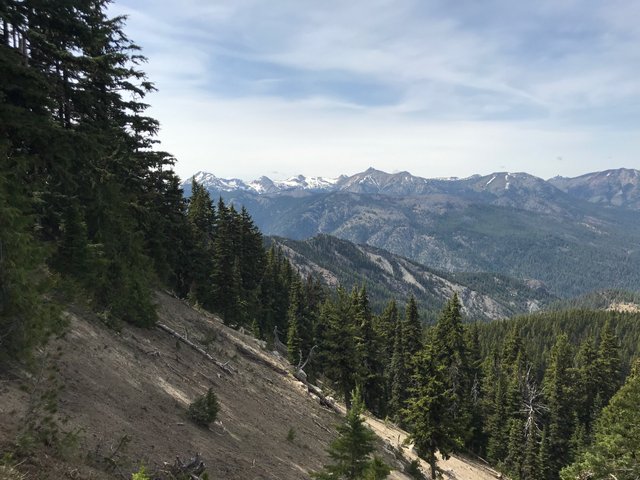
View to the east.
In the meadow we found Slate-colored Fox Sparrow (an unusual race for Washington), Townsend's Warbler, Ruby-crowned and Golden-crowned Kinglet, Lincoln's Sparrow, and wildflowers everywhere. I hope to make a separate post on the wildflowers and butterflies later.
View to the west.
We headed home tired but ecstatic about a wonderful 2-day birding experience. This brings my year count in WA to 295 species, by far my highest count for this date.
A species of bleeding heart flower that was abundant in the meadow.
Until next time good birding, and Steem On!
.JPG)
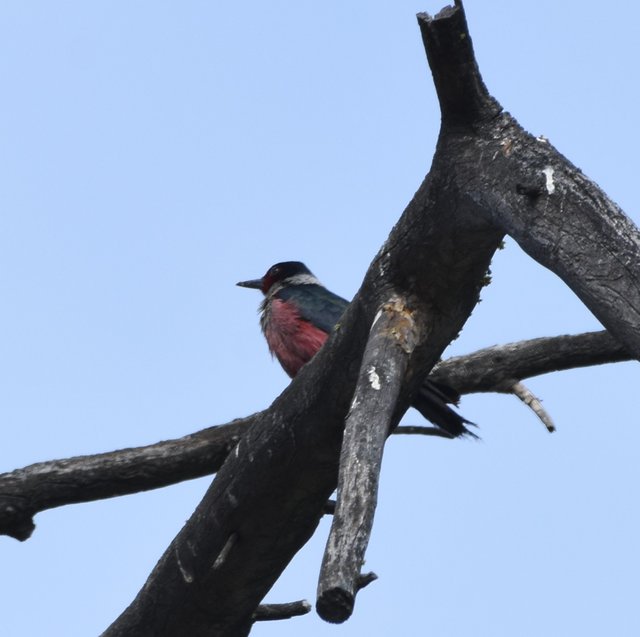
.JPG)
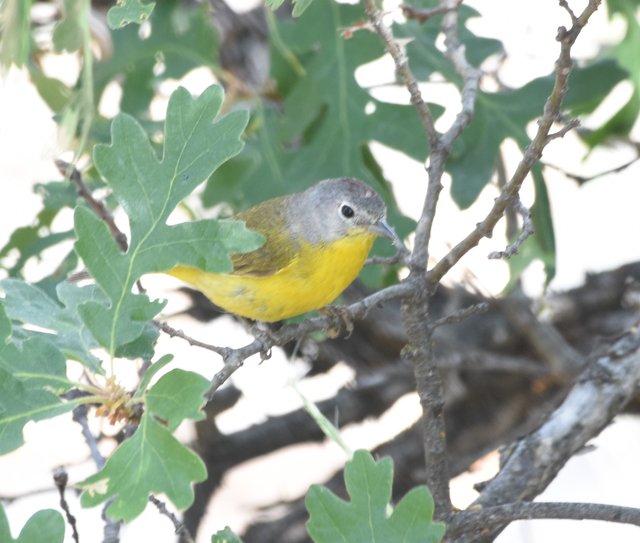
.JPG)
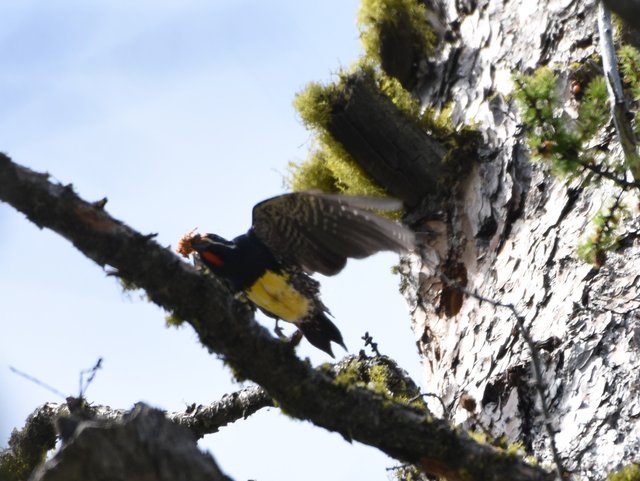
.JPG)
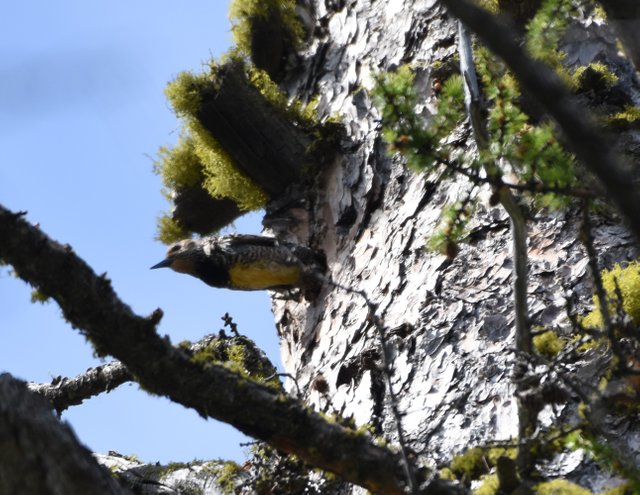
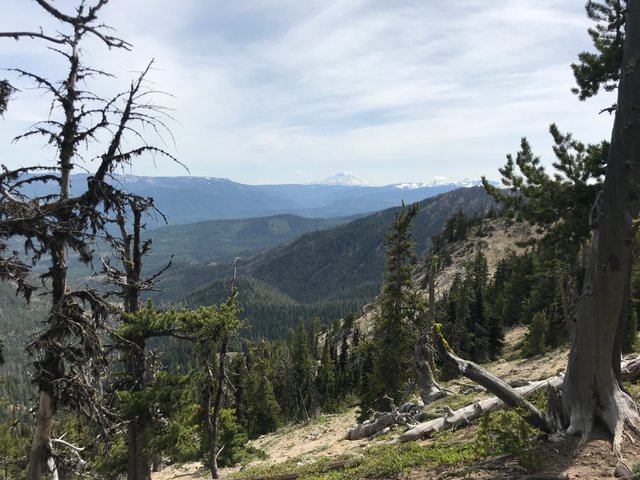
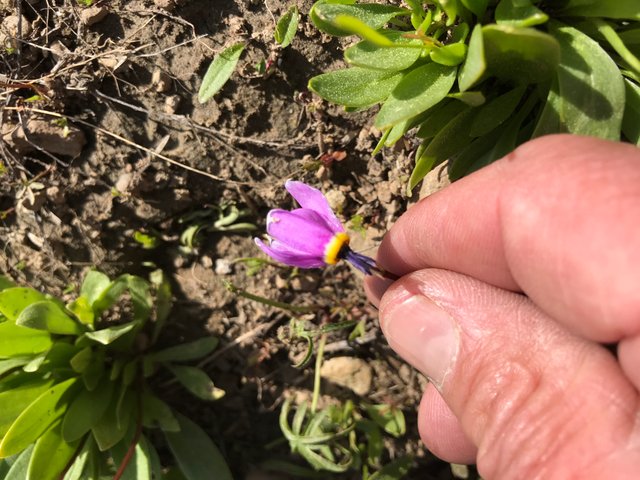
beautiful birds
Downvoting a post can decrease pending rewards and make it less visible. Common reasons:
Submit
So nice pics keep this great work @birdbanter
Downvoting a post can decrease pending rewards and make it less visible. Common reasons:
Submit
Hai @birdbanter
nice picture. thanks for sharing. I like your post
Downvoting a post can decrease pending rewards and make it less visible. Common reasons:
Submit
World of Photography
>Visit the website<
You have earned 6.50 XP for sharing your photo!
Daily photos: 1/2
Daily comments: 0/5
Multiplier: 1.30
Block time: 2018-06-09T04:27:33
Total XP: 423.35/200.00
Total Photos: 69
Total comments: 0
Total contest wins: 0
Follow: @photocontests
Join the Discord channel: click!
Play and win SBD: @fairlotto
Daily Steem Statistics: @dailysteemreport
Learn how to program Steem-Python applications: @steempytutorials
Developed and sponsored by: @juliank
Downvoting a post can decrease pending rewards and make it less visible. Common reasons:
Submit
Congrats for wonderful photos, I think is dificult take a pictures to birds but you could, I ´ll send you a picture of baby woodpecker that my mother and I rescue 2 years ago when we was walking at University Central of Venezuela, where my mon works.
We took pics and then reinsert it into their environment
Thanks for share
Regards
Downvoting a post can decrease pending rewards and make it less visible. Common reasons:
Submit
Photography capture a lot.
We saw the entire views.
All pictures are really mind blowing.
Downvoting a post can decrease pending rewards and make it less visible. Common reasons:
Submit
South Central Washington Birds are very Beautiful
Downvoting a post can decrease pending rewards and make it less visible. Common reasons:
Submit